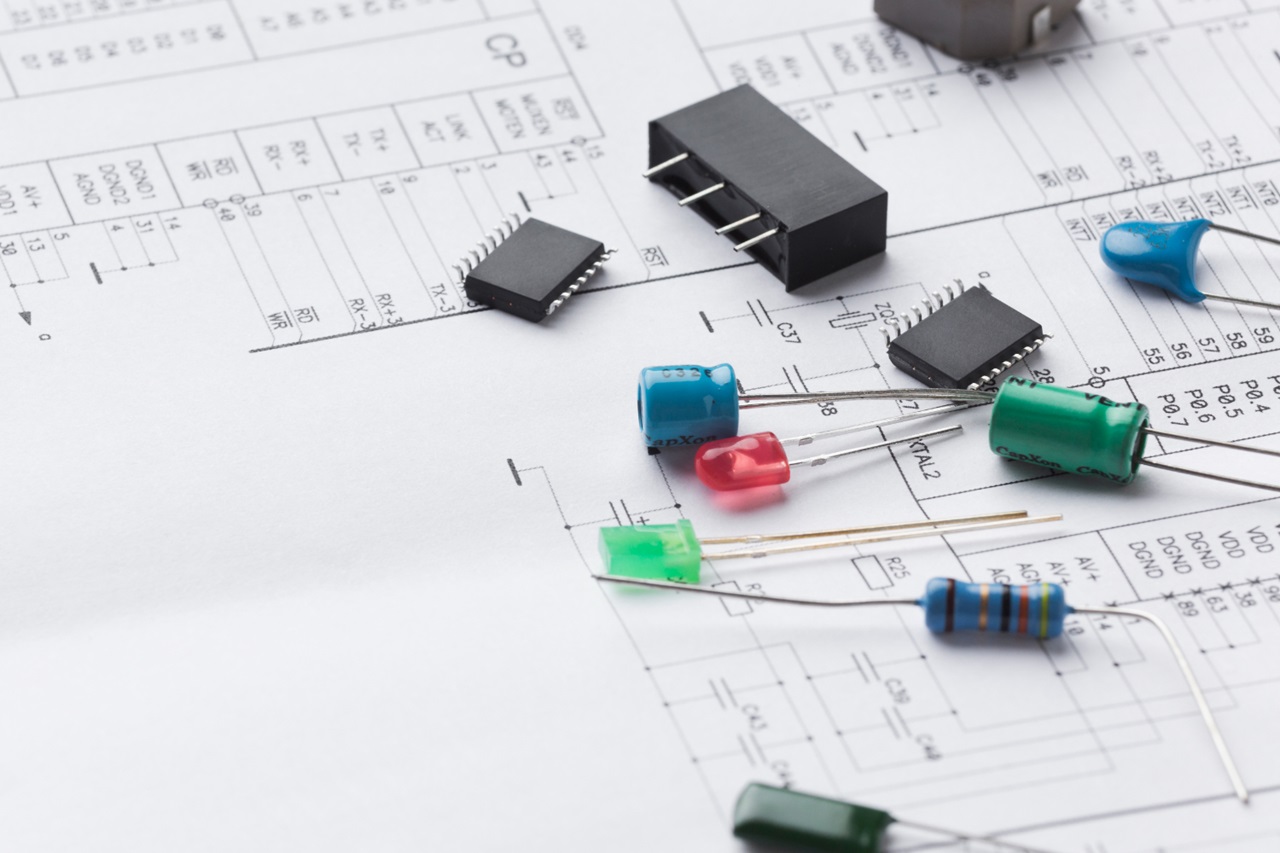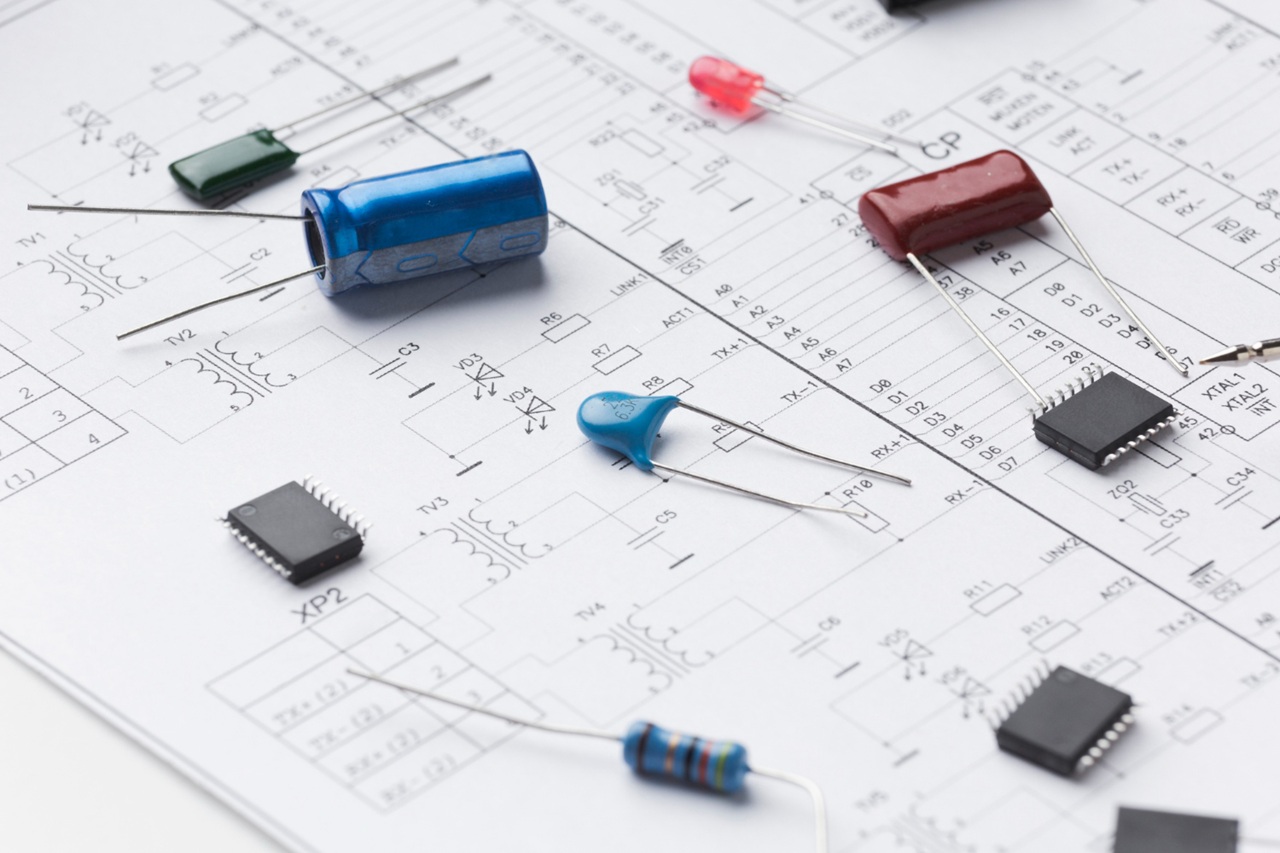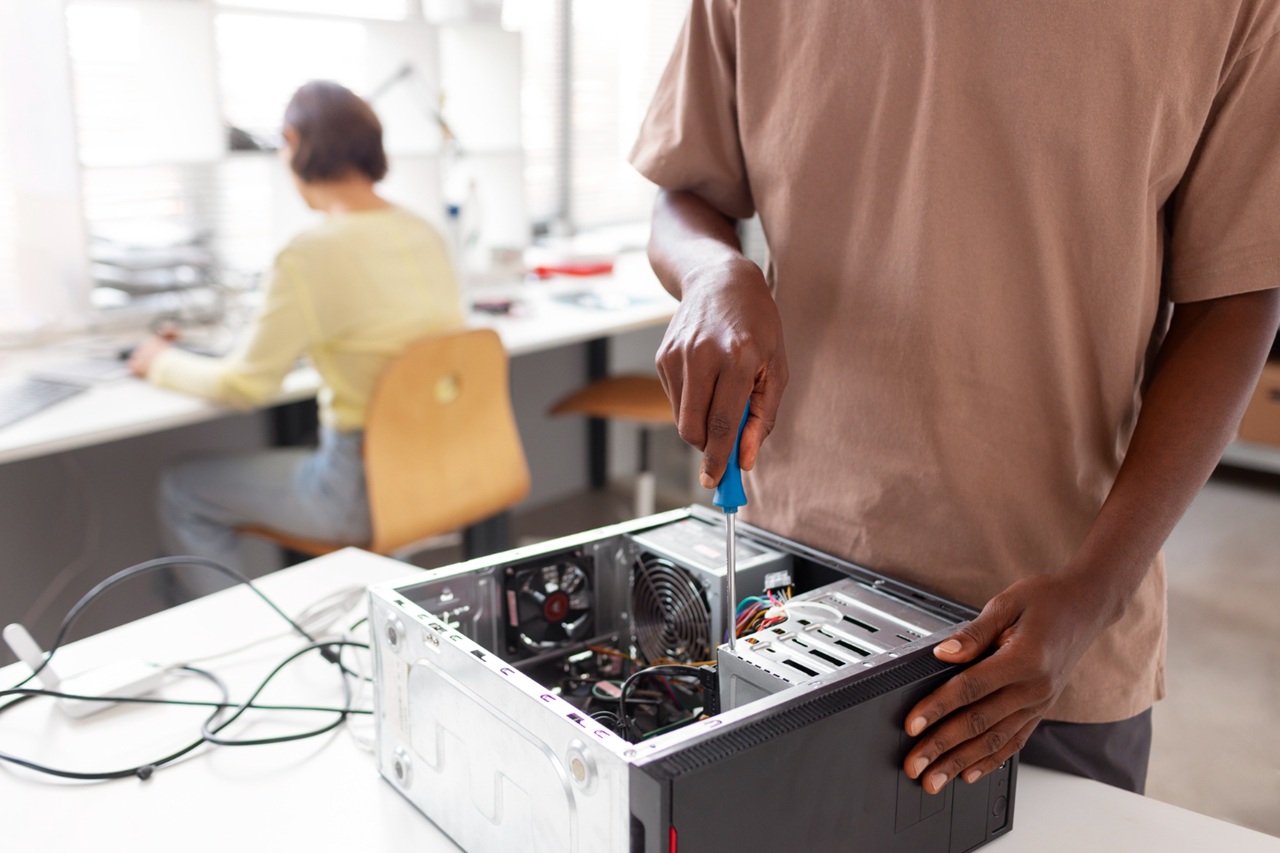The Science Behind Circuit Components: Resistors, Capacitors, and More
Every electronic device you use, from your smartphone to your coffee maker, relies on the magical interplay of tiny components that work together in harmony. If you’ve ever looked at a circuit board and wondered what those little bits and pieces do, this post is for you. Today, we’ll explore the science behind the most common circuit components—resistors, capacitors, and a few others—and how they bring circuits to life.
Whether you’re a beginner or someone looking to refresh your knowledge, I promise to keep things simple and relatable. So, grab your multimeter, and let’s dive in!
1. Resistors: The Circuit’s Traffic Cops
What They Do:
Resistors control the flow of electrical current, much like a traffic cop directing cars at a busy intersection. Without them, too much current could flow through sensitive components, potentially damaging them.
How They Work:
A resistor “resists” the flow of electricity by converting some of it into heat. Its resistance is measured in ohms (Ω), and the amount of resistance depends on its material and size.
Real-Life Example:
Imagine a small LED. If you connect it directly to a battery, the current might be too strong, causing the LED to burn out. Add a resistor, and it limits the current to a safe level, protecting the LED.
Fun Fact: The colorful stripes on resistors aren’t just for show—they’re a code that tells you their resistance value. It’s like a secret language for electronics enthusiasts!
Personal Anecdote:
When I built my first LED circuit, I skipped the resistor (oops!) and immediately fried the LED. Lesson learned: always include resistors where needed!
2. Capacitors: The Circuit’s Tiny Energy Tanks
What They Do:
Capacitors store and release electrical energy. Think of them as tiny rechargeable batteries that deliver a quick burst of energy when needed.
How They Work:
A capacitor consists of two conductive plates separated by an insulating material (called a dielectric). When you apply a voltage, the plates store an electrical charge. When the circuit demands energy, the capacitor discharges it in a quick burst.
Real-Life Example:
Ever notice how the lights in your home stay on momentarily during a brief power flicker? That’s because capacitors in certain devices provide backup power to keep them running smoothly.
Practical Use in Circuits:
Capacitors are often used to smooth out voltage fluctuations in power supplies or to create timing circuits. For instance, they help maintain a steady flow of power in audio amplifiers, preventing annoying buzzing sounds.
Pro Tip: Be careful when handling large capacitors—they can store significant energy even after the power is turned off!
3. Diodes: The One-Way Streets of Electricity
What They Do:
Diodes ensure that current flows in only one direction, protecting sensitive components from being damaged by reverse currents.
How They Work:
A diode has two terminals: an anode and a cathode. Current flows easily from the anode to the cathode but is blocked in the reverse direction.
Real-Life Example:
Your phone charger uses diodes to ensure that electricity flows safely from the wall outlet to your device, preventing backflow that could damage the circuit.
Fun Fact: LEDs (light-emitting diodes) are specialized diodes that emit light when current passes through them.
Personal Anecdote:
During one of my early projects, I accidentally reversed a diode in a circuit, causing it not to work. After fixing it, I gained a new appreciation for how such a small mistake could have a big impact!
4. Transistors: The Circuit’s Amplifiers and Switches
What They Do:
Transistors are the workhorses of modern electronics, acting as amplifiers and switches. They’re the building blocks of everything from radios to microprocessors.
How They Work:
A transistor has three terminals—base, collector, and emitter. A small current applied to the base controls a larger current flowing between the collector and emitter, allowing the transistor to amplify or switch signals.
Real-Life Example:
Microphones use transistors to amplify weak audio signals, making them loud enough for speakers to play.
Why They’re Important:
Without transistors, we wouldn’t have computers, smartphones, or pretty much any modern electronic device.
5. Inductors: The Magnetic Field Masters
What They Do:
Inductors store energy in a magnetic field when current flows through them. They’re often used in filters and transformers.
How They Work:
An inductor is essentially a coil of wire. When current passes through the coil, it generates a magnetic field that resists changes in current.
Real-Life Example:
Inductors are used in power supplies to smooth out AC (alternating current) signals and ensure a steady DC (direct current) output.
Fun Fact: If you’ve ever played with a solenoid or an electromagnet, you’ve already seen an inductor in action!
6. Integrated Circuits: The Circuit’s Brain
What They Do:
Integrated circuits (ICs) are tiny chips that pack multiple components (like transistors, resistors, and capacitors) into one compact package. They handle complex tasks like processing data, controlling devices, or managing power.
How They Work:
ICs are like miniature circuit boards etched onto silicon. Depending on the design, they can perform a wide range of functions, from simple timers to advanced processors.
Real-Life Example:
The microcontroller in an Arduino board is an IC that acts as the brain of the board, allowing you to program and control various projects.
Why Understanding Circuit Components Matters
Learning how these components work isn’t just about building circuits—it’s about demystifying the technology that powers our world. Whether you’re creating a simple LED project or designing a custom gadget, knowing what each component does helps you troubleshoot problems and bring your ideas to life.
When I first started tinkering with electronics, I didn’t pay much attention to the “why” behind components. But as I learned more, I began to appreciate the science behind each piece, and my projects became more reliable and creative.
Tips for Beginners
- Start Small: Begin with simple projects like lighting an LED or creating a basic buzzer circuit.
- Experiment Freely: Try swapping out components to see how they affect your circuit’s behavior.
- Ask Questions: Join forums, watch tutorials, and don’t be afraid to ask for help when you’re stuck.
- Learn to Read Schematics: Understanding circuit diagrams is like learning the grammar of electronics—it’s a skill that pays off in the long run.
Final Thoughts
Resistors, capacitors, diodes, and other components might seem small and unassuming, but they play vital roles in the circuits that shape our lives. By understanding their functions, you can unlock endless possibilities for creativity and innovation in electronics.
So, the next time you see a circuit board, take a closer look. It’s not just a mess of wires and components—it’s a carefully orchestrated symphony of science and engineering. And who knows? With a little practice, you might just compose your own masterpiece.
Happy tinkering!




Post Comment